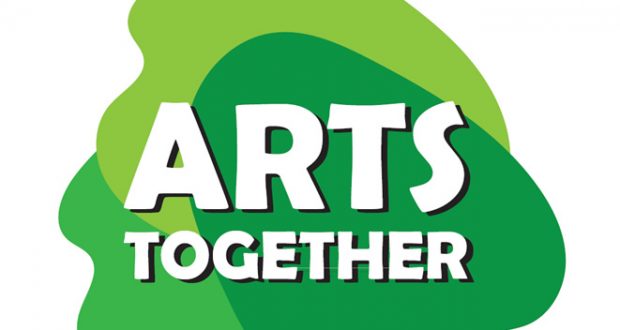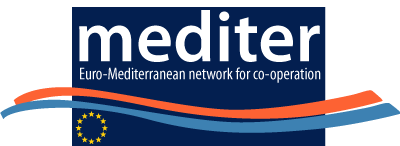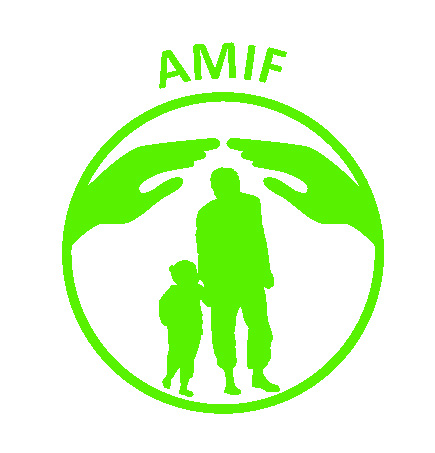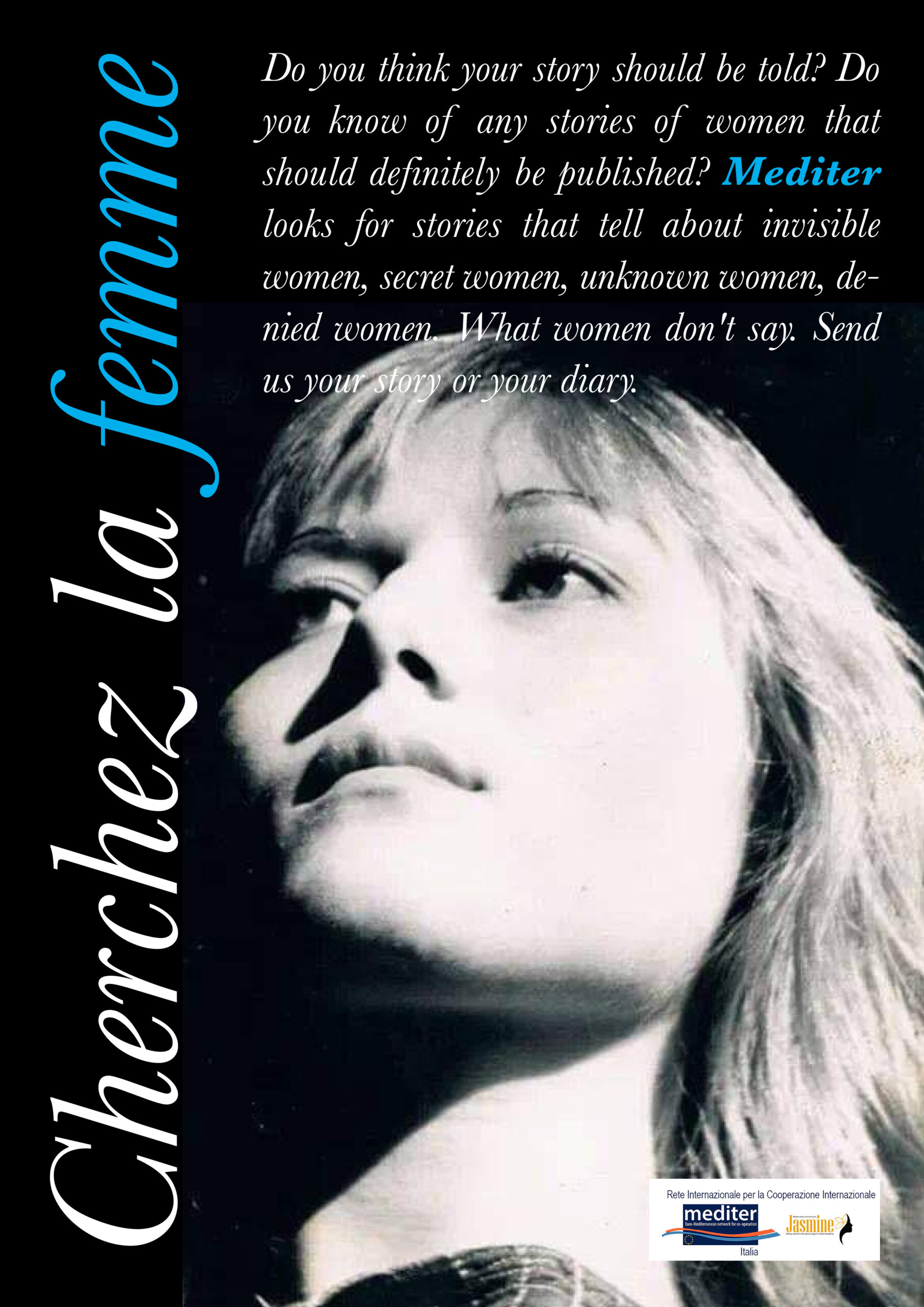
The Project Ideas
The Project Ideas https://euromediter.eu/wp-content/uploads/2020/06/Untitled-3-620x330-1.jpg 620 330 Euro Mediter https://euromediter.eu/wp-content/uploads/2020/06/Untitled-3-620x330-1.jpgArts Together
DIRECTORATE-GENERAL MIGRATION and HOME AFFAIRS
Integrating migrant children at schools through artistic expression
AGREEMENT NUMBER — 776022 — Arts Together
AMIF Asylum, Migration and Integration Fund
Project abstract
Proposal
Title Integrating migrant children at schools through artistic expression (ArtsTogether)
Duration 24 months
Priority Priority 1: promoting active participation in society overall – To promote the development and implementation of innovative actions to increase third country nationals’ participation in educational and social activities, cultural life, the volunteering sector, media professions, decision-making/consultation and representation frameworks; and: – To foster knowledge- and experience-sharing and capacity-building on successful action to increase third country nationals’ participation in society, with a particular focus on social activities, cultural life, sport, the volunteering sector, media professions, decision-making/consultation and representation frameworks. Proposal IDEA
Aims& objectives
Evidence of the issue
Proposed activities
Currently the EU is facing unprecedented migration flows that have an impact on social and economic level. Member-States have become reception countries hosting a massive influx of migrants escaping distress in their home countries. Social integration has become an explicit goal of cardinal importance in the policy agenda of the European Union. Integrating migrants and their children into the complex fabric of the society has been recognised as crucial for social cohesion and economic growth in the host counties. Roughly 10% of the EU population were born in a different country from the one in which they reside. Children under the age of 15 constitute 5% of this group.
Challenges that migrant children face are often complex and intersectional, include issues such as socio-economic disadvantage, language, native culture bias and attainment. Across European countries, statistics show that, on average, migrant children have a significantly lower level of academic achievement than children with two native-born parents. This disadvantaged position of migrant children vis-à-vis children with both native parents can be caused by fewer access to socio-economic resources and most importantly because migrant children suffer from a negative penalty associated with migratory status. Some challenges faced by migrant children result from the characteristics of migrant groups such as low socio-economic status, knowledge of a local language, psychological barriers, potential low expectations from parents and teachers as well insufficient family and community support.
In educational level, migrant students are exposed to those barriers and especially to intolerant behavior at school. Although the pattern varies by country, children with a migrant background show tendencies towards lower educational performance and are more likely to leave school early than their counterparts from a native background. Educators, on the other hand are not properly equipped to deal with increased diversity at classrooms and that can lead to conflicts between students and at the same time support migrant students to perform better.
A tested practice that has yielded results in terms of improving performance of disadvantaged children and bringing the classroom together is through arts integration. Research and years of experience reinforce the power of integrating the arts to engage students in every dimension of learning and development. Arts integration has been defined by teaching artists, teachers, education specialists, and leading arts organizations as “an approach to teaching in which students construct and demonstrate understanding through an art form.” When the arts are integrated, students are more engaged because they take on a more active role in learning by experiencing things directly and expressing themselves in multiple ways.
The ArtsTogether project aims at developing and testing a curriculum based on artistic activities and collaborative approaches that will be used in order to equip teachers for dealing with diversity, fostering mutual understanding and respect among their students and improve the educational performance of migrant students. The activities will have
direct beneficiaries, children of migrant background which will create a collaborative space with native children and will overcome linguistic and cultural barriers. The action will be mainstreamed by organizing events with educational organisation and public authorities providing policy recommendations at educational and schooling level.
Main objective Access to education for migrant children is almost universally guaranteed in the EU, but this does not automatically equate to access to adapted education, taking into account specific needs linked to socio-economic disadvantages and linguistic challenges. Furthermore, social and ethnic school segregation constitutes a serious barrier towards access to good education for migrant children. The proposed integrated approach is to making a more inclusive education system, and specific measures that target migrant children, aim to provide comprehensive support to eliminate the educational disadvantage they experience. Educational support should ideally include a combination of elements, such as linguistic and academic support, parental and community involvement, and intercultural education.
Specific objectives to make content and learning more active to help children understand and stimulate higher-level thinking to build a community and help children to develop collaborative work skills in the classrooms to integrate parents into the school community Expected results: Socio-cultural integration of migrant children into the educational system
Target group: This project is specifically addressed to migrant children, parents, teachers and educators as well as academics, policy-makers, public officials, municipalities and regional authorities.
Types of partners required Partners required: • Ministries of Education • NGOs • Regional authorities • Arts organisations
Associated partners: Ministries of Education
Duration of the project 2 years (max)
Deadline 28/02/2017 at 17:00 CET





